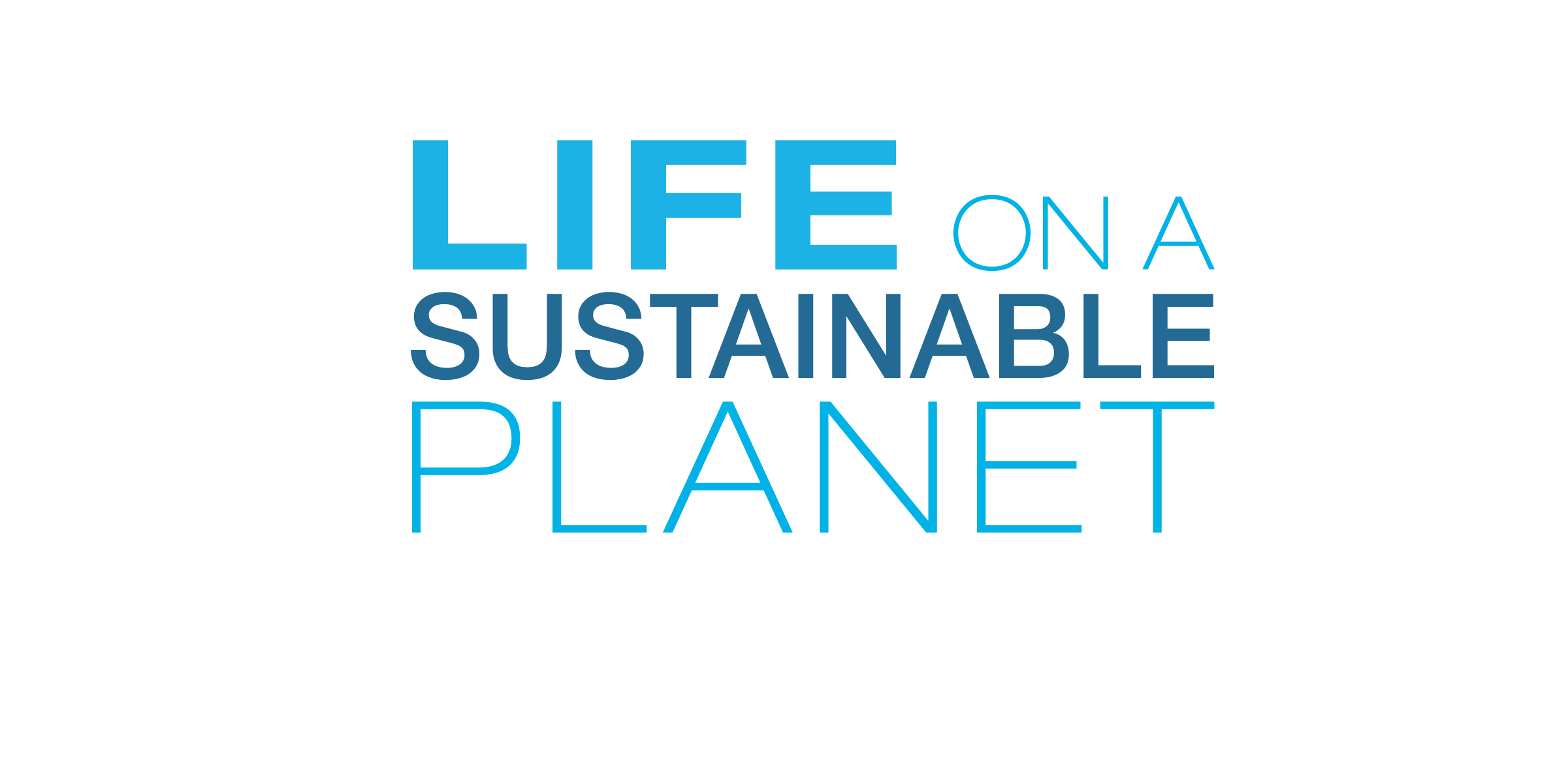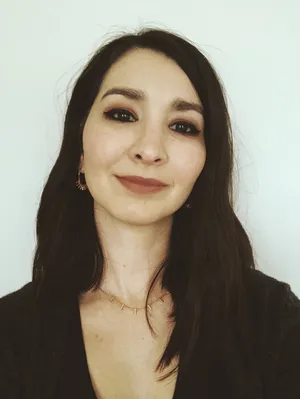How the Smithsonian is Creating a Path for Students to Meet Global Sustainability Goals
The Smithsonian Office of International Relations is always finding new and innovative ways to showcase how the Smithsonian is part of a shared, sustainable future for the Earth. Aviva Rosenthal, Director of the Smithsonian’s Office of International Relations, shares how the Smithsonian Institution-wide legacy, resources, and goals can also help foster a sustainable learning path for students around the globe.
/https://tf-cmsv2-smithsonianmag-media.s3.amazonaws.com/filer_public/8c/fa/8cfa03d6-6da0-4eaf-b99e-34ad429c6a79/microsoftteams-image_1.png)
How does international engagement fit into the Smithsonian Institution’s mission?
In 1867, shortly after the Institution’s founding in 1846, the International Exchange Service was founded at the Smithsonian to share scientific discoveries and publications with the world. The Smithsonian Tropical Research Institute in Panama has been a leader in tropical forest and marine ecosystem research for over 100 years and continues as a vital voice in the global scientific community today. The Smithsonian plays a global role as the national museums of the United States of America. In many ways, others see us as a de facto Ministry of Culture. International engagement is not only intrinsic to our mission, but we as professionals are made better for the knowledge, lessons, and perspectives we gain from our international peers and partners. The stories we share with American and international audiences are richer for our shared experiences, intertwined histories, and ability to listen and discover from each other's viewpoints. Finally, our day-to-day work in scientific research, curating meaningful exhibitions, or designing impactful education programs cannot take place without the help of international scholars, researchers, partners, and of course, students who participate in exchanges.
Why are global exchanges important to the Smithsonian?
The Smithsonian is proud to be a leader in global capacity building and exchange, ensuring we are all working together towards a more resilient, equitable, and sustainable future. We have been international since our founding – we have increased and diffused knowledge with and through international peers and partners and will continue to listen and learn from colleagues in every discipline. I believe our perspectives and work are enriched by that exchange. The Smithsonian represents the best of the U.S. in the world – our creativity and innovation, our curiosity, our wish for a better future – and it is in this role that we can continue to be conscientious leaders and learners alongside our global counterparts.
For the Smithsonian as the world’s largest museum, education, and research complex, international partnerships and exchanges, especially between students, are essential for being a global leader in identifying the threats and mitigations of climate change and providing meaningful STEM education programs to support earth’s resilience and sustainability. They are also essential as we continue to be a leader in cultural heritage resilience and rescue through multiple efforts to protect and preserve intangible and tangible cultural heritage.
Domestically, we are prioritizing direct engagement with pre-K-12 classrooms to foster an evidence-based approach by providing resources that support a well-rounded education, cultivate creativity and imagination, and ignite a passion and appreciation for lifelong learning. Global exchanges help us amplify that effort.
What are some of the most important outcomes of this program?
The Smithsonian is proud to be a leader in the quest to understand and educate about life on a sustainable planet. Every one of us has a role to play in making that a reality. Our shared sustainable future depends on our capabilities to take individual as well as collective action for solving global challenges. This program was a tremendous success for bringing together museum professionals, non-government organization and civil society leaders, cultural practitioners, and of course educators and students, all to discuss ways to create more inclusive, equitable, and sustainable communities. Both the spring and fall series enabled participants to consider local realities and examine them alongside international realities. Conversations allowed participants to think about what their communities are doing well and what they could be doing better, learning from the past and looking to the future – this is something the Smithsonian is really excited about.
Does the Smithsonian do a lot of work with international students?
We are part of a global community of educators, students, and lifelong learners. We are working every day to make our collections, research, and programs more accessible to more people around the world, and students are no exception. Annually, the Smithsonian welcomes hundreds of international interns and fellows into our ranks, in person and virtually (one of the Office of International Relations interns this semester is a student in Ireland!). We also welcome international school groups and delegations for visits, guided tours, and hands-on experiences, though admittedly the pandemic has made this more challenging.
The silver lining of the pandemic, however, is that we – like so many – have increased emphasis and effort on our digital outreach – creatively expanding our online programming and educational resources, making them available to even wider audiences, such as international students. We do acknowledge, however, that not everyone has the same access to digital resources, and so, when possible, we try to meet audiences where they are. One notable example was a 10-part television broadcast series we developed with support from the U.S. Embassy in Jakarta, Earth Optimism Indonesia TV, showcasing topics such as Our Oceans: Protecting Coral Reefs, Building One Healthy Planet, My Career in Conservation and More. Together with the Indonesian Ministry of Education and Culture, we created this content for its Learn at Home COVID-19 distance learning program (in some cases, this is the only way to provide educational content to 50 million youth who do not have access to the internet). We also developed a complementary online series for Indonesian and other Southeast Asian educators to elaborate on topics that came up in the television series and provide tools for K-12 teachers to use in classrooms around the topics of environmental conservation and climate change action.
How can educators and professionals find opportunities to work with the Smithsonian and its experts?
The Smithsonian Institution is made up of 21 museums, 9 global research centers, more than 20 libraries, and the National Zoo, so we are a very big organization! The Smithsonian’s Office of International Relations serves many functions, one of them as “the front door” for global entities, such as Ministries of Culture, Education, Science and more. You can learn more about our office at https://global.si.edu/. If there is a specific museum or unit you are trying to reach, you can always reach out to them directly or visit the Smithsonian’s main website, https://www.si.edu/, to learn more.
I also urge educators and students alike to explore the Smithsonian Learning Lab, in particular our distance learning materials or even reach out directly to Smithsonian educators (via [email protected]). In our firm commitment to supporting teachers and students around the globe, the Learning Lab provides access to millions of digital resources from across our museums, research centers, collections, libraries, archives, and beyond. Pre-packaged collections with lessons, activities, and recommended resources can help teachers find material appropriate for their students – or allow students to connect directly with Smithsonian content.

